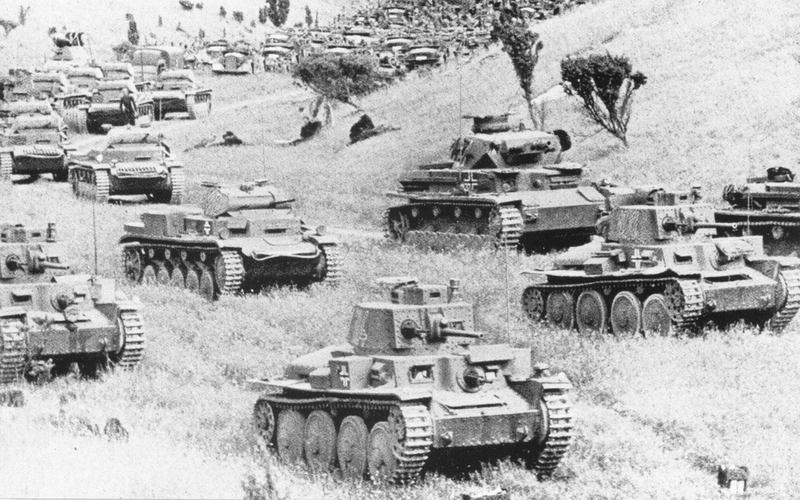
Blitzkrieg
'Lightning war’ doctrine
Blitzkrieg literally means ‘lightning war’. This tactic describes an offensive military doctrine used by the German Army during World War II.
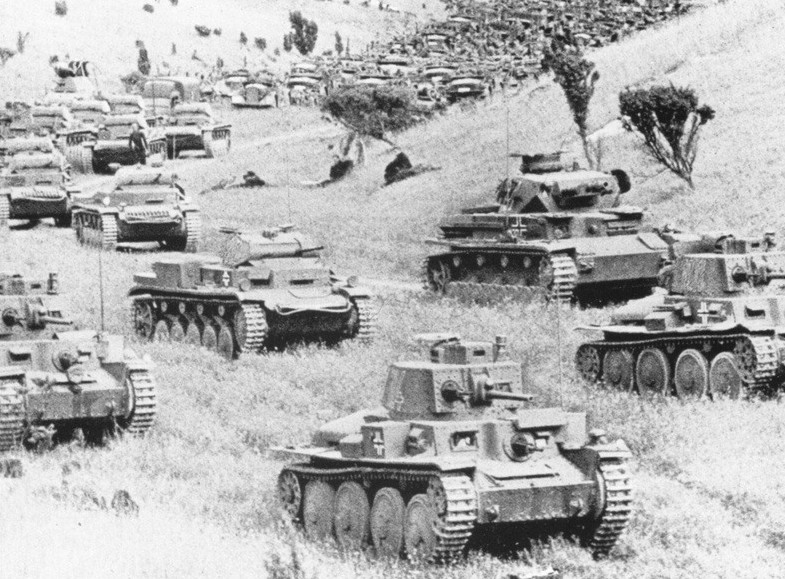
1 of 6
A blitzkrieg involves an initial bombardment. After this, motorized forces are brought to the front, and then used by the army to mount a rapid attack. Thus, by taking advantage of the element of surprise, the enemy is prevented from organizing a solid and coherent defense.
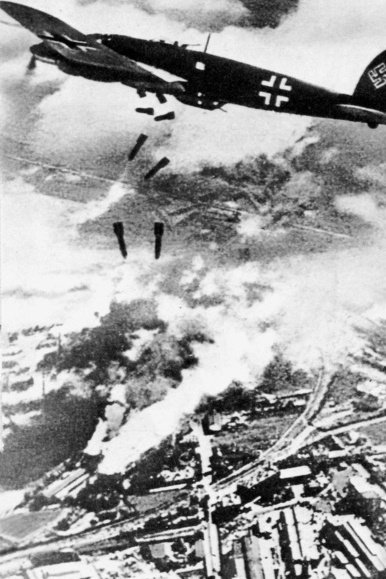
2 of 6
The first step was identifying the enemy’s weakest point. Bombers and motorized artillery would launch a barrage to prevent the enemy from organizing their defences. These bombardments were followed by test attacks to find the most vulnerable point of the enemy. Afterwards the actual armored attack would take place, aiming to penetrate as far as possible into the enemy’s territory. The intention was to minimize losses as much as possible, and to avoid counter offensive attack.
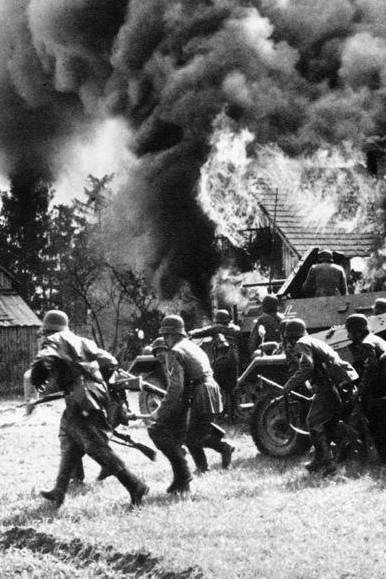
3 of 6
Once the principal force succeeded in surrounding the designated area, motorized infantry would begin operations to capture and destroy the enemy’s forces. Finally, the less mobile infantry units would have the duty of ‘mopping up’ the area.
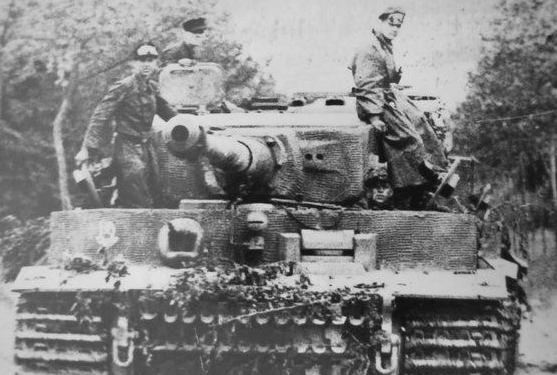
4 of 6
A blitzkrieg requires speed, specialized transport vehicles, modern radio communication and a very efficient decentralized command structure. In other words, a blitzkrieg requires mechanized infantry, mobile artillery and a logistic capability that is able to support the constant advance of the tanks.
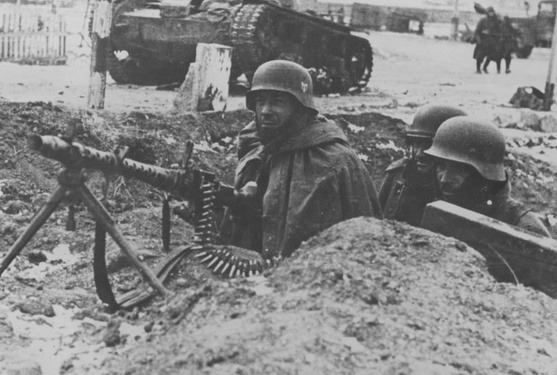
5 of 6
In practice, the strategy of blitzkrieg left few options available for slow defensive forces. Often they would be surrounded and then annihilated by the German infantry.
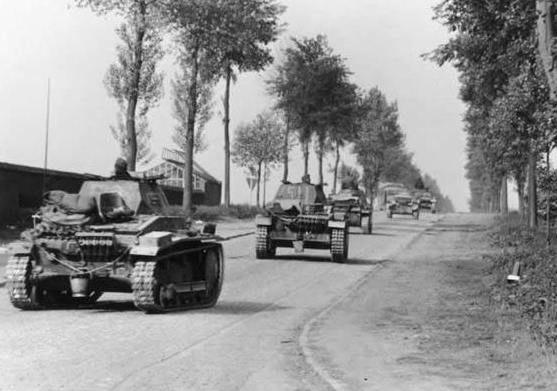
6 of 6
This strategy was especially efficient during invasions on the western front. It was used in Belgium, the Netherlands, Denmark, Norway and France. The tactic was also proven very efficient in initial attacks on the eastern front against the Soviet Union.
The basic principles of blitzkrieg were, for the most part, designed by the German Army in the years following World War I. The goal was to use modern weapons and vehicles in ways which would avoid trench warfare in future conflicts.
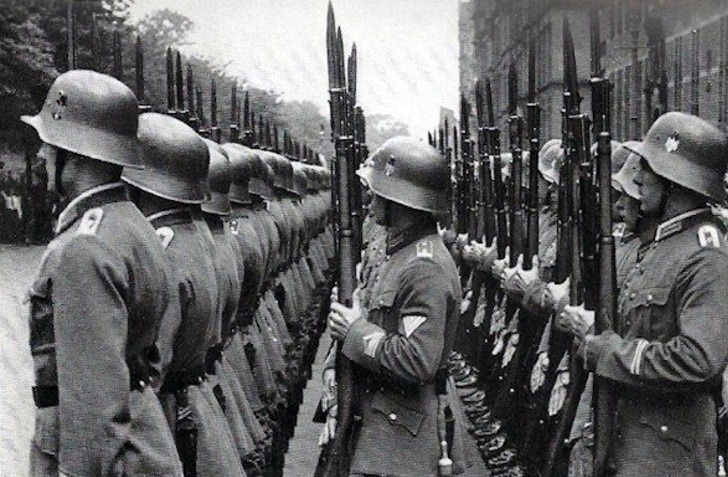
1 of 6
The development of these tactics began immediately after Germany’s defeat in the First World War. Shortly after the war, a new German Army called the Reichswehr was created. A series of committees, formed by veteran officers of the barely-finished war, were commissioned to evaluate 57 military problems that had appeared during the war.

2 of 6
The reports from these committees formed the doctrinal standards of the German Army up to the beginning of the Second World War. The analysis of German military doctrine previous to the First World War greatly impacted these reports. An important issue was the type of warfare used. Maneuver warfare was practised on the eastern front in World War One, in contrast to trench warfare, which was carried out on the western front.
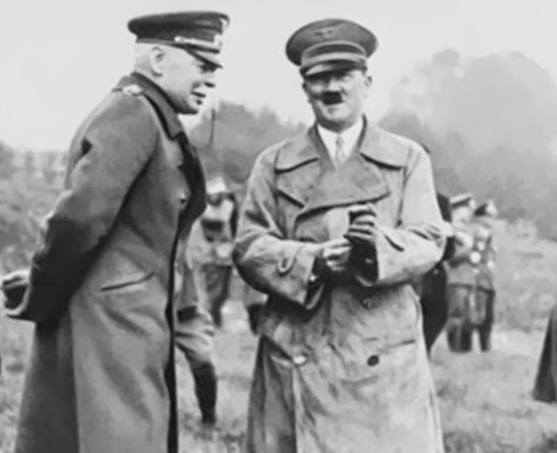
3 of 6
The Commander in Chief of the Reichswehr, Hans von Seeckt, did away with the German military doctrine which he described as an excessive tendency to encircle the enemy, replacing it with new methods based on speed, conferring the element of surprise. By catching the enemy off guard they would be able to obtain the best situation on the battlefield, provided that decisions could be made quickly. Mobility gave flexibility and speed.
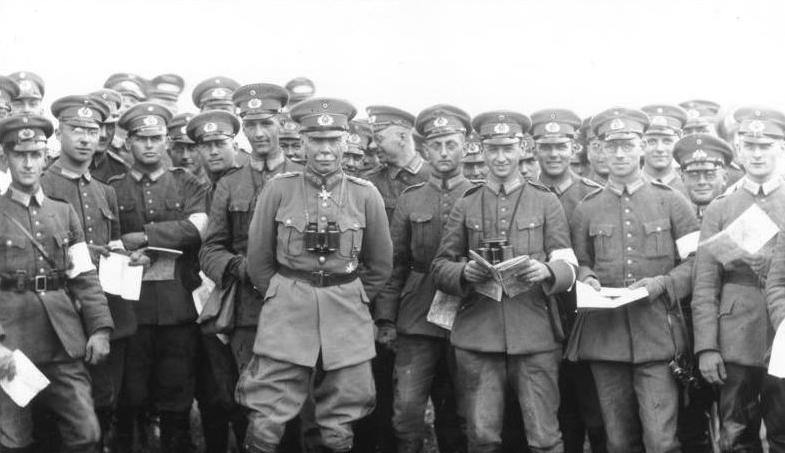
4 of 6
Von Seekt wanted to create a smaller military force of professionals based on volunteers. In modern warfare, this kind of force would be much better at offensive action, while battle preparation would be quicker and easier. Also, the equipping of such a military force would cost less. This would allow the purchase of modern equipment.
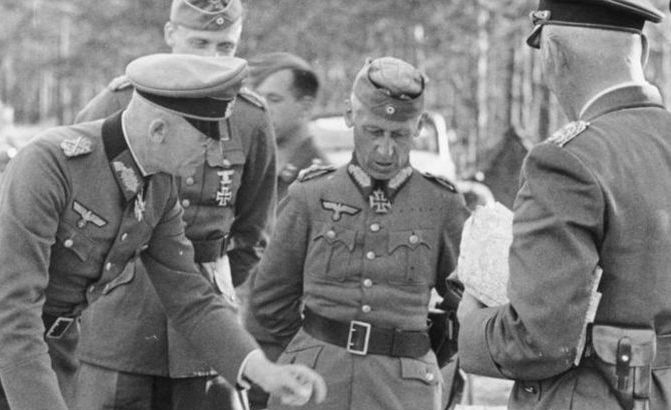
5 of 6
This new type of operational doctrine also required a new decentralized command structure, which would allow decisions to be made closer to the operational units. This gave them a huge advantage and assured the success of the blitzkrieg.
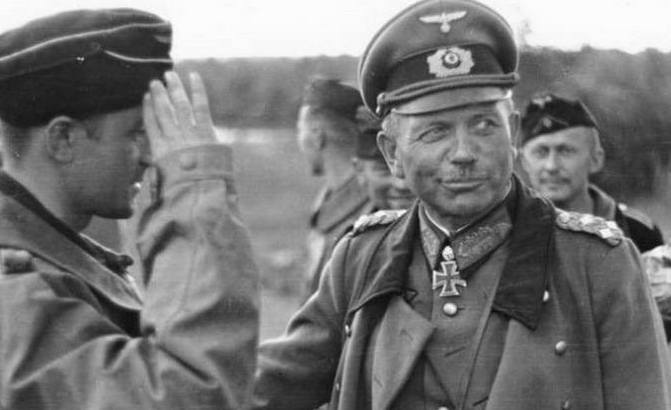
6 of 6
After the initial military reforms, General Heinz Guderian took Von Seeckt’s ideas to the next level. He was a supporter of mechanized forces. Guderian predicted the tank to be the decisive war machine that would be used in future conflicts together with modern communications like the radio. In this way, the armored vehicles could organize themselves easily.
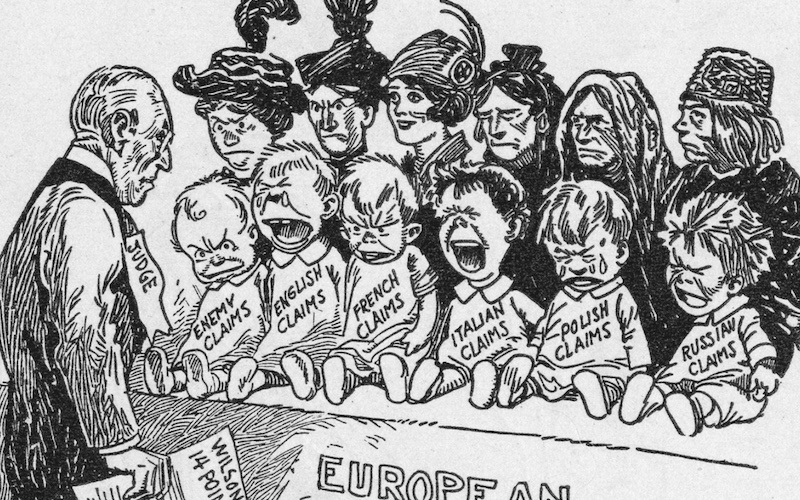
The End of World War One and the Paris Peace Conference
World War I was the most terrifying carnage humanity had ever known. At the end of the 52 months of war, the statistics were shattering: over 9 million lives lost, with probably the same number of people suffering from some kind of illness or disability after the battles.
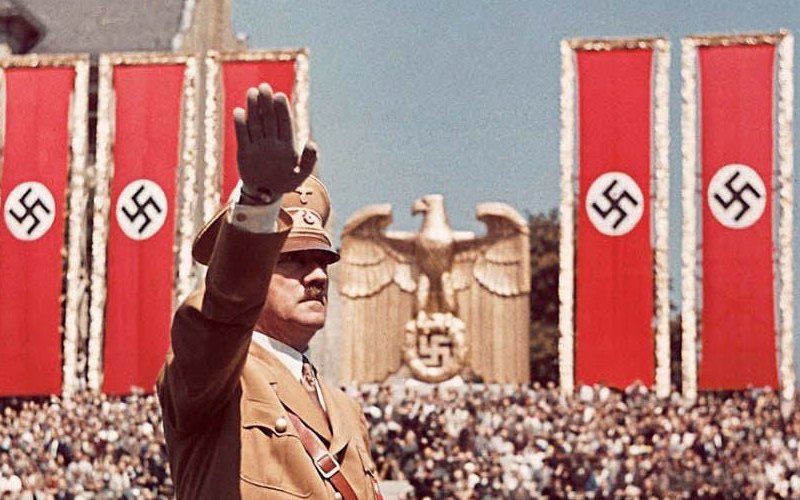
The Road to World War Two
The path to World War Two originated from unresolved territorial issues between France and Germany at the end of World War One. These, coupled with economic and social upheaval in Germany and Italy, old colonial ambitions and a desire for conquest led by Hitler and Mussolini resulted in the second world war.

Hitler’s Rise to Power
After his unsuccessful attempt to overthrow the government of the province of Bavaria, Hitler was imprisoned. In prison, he wrote his autobiographical book Mein Kampf, ‘My Struggle’. Mein Kampf was the reference work for the entire Nazi ideology. It was the inspiration which ‘justified’ Germany’s expansion and its entire genocidal policy.
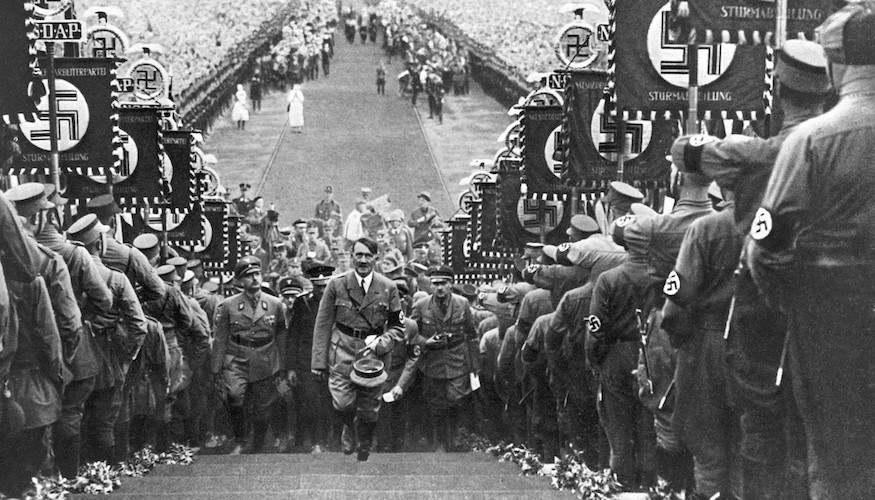
Nazi Germany
Once Hitler had taken over Germany’s destiny, foreign policy turned towards destroying the diplomatic edifice of the Treaty of Versailles, which many Germans saw as a humiliating ‘Diktat’. The occupation of the demilitarized area of the Rhineland was a definitive failure of the collective security. It opened up the way for the Second World War.
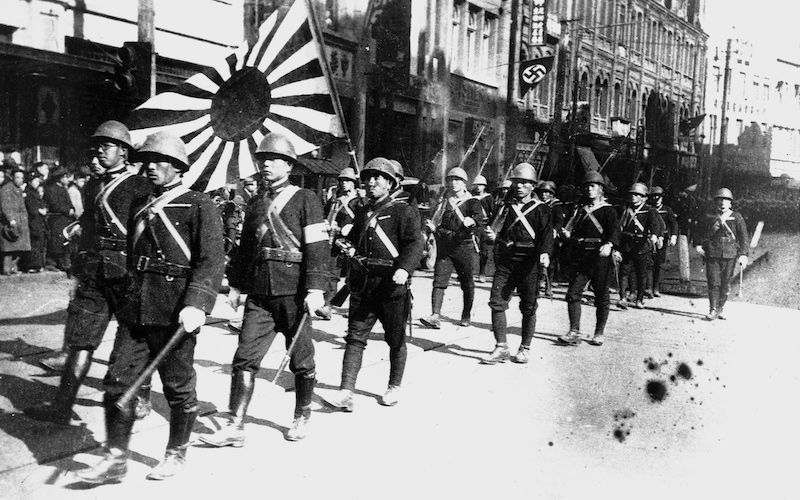
Japan on the Path to World War Two
The path that led Japan on one side, and the United States, China and Britain on the other to war is long and complex. The origins of the conflict can be identified in Japan's unique history and culture, nurtured by the expansionist tendencies of its leaders in the 1930's.
- K.H. Friezer, The blitzkrieg legend: The 1940 campaign in the west, Naval Institute Press,Annapolis (United States), 2005
- James S. Corum, The roots of blitzkrieg: Hans von Seeckt and German military reform, University Press of Kansas, Lawrence, 1994
- Heinz Guderian, Panzer Leader, De Capo Press, New York, 2002
- Richard Simpkin, Race to the swift:Thoughts on Twenty-First Century Warfare, Brassey’s Militay Books, London, 2000
- Robert Michael Citino, The German Way of War: From the Thirty Years' War to the Third Reich, University of Kansas Press, Lawrence, 2005
- Gabriela Pantiș





